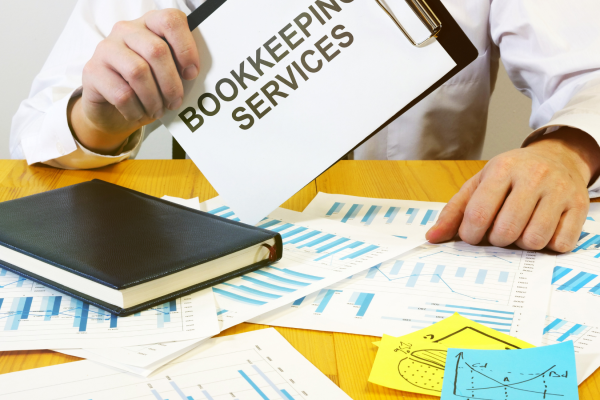We get it – you want to see a healthier bank balance at month-end and try not to spend too impulsively, yet always seem to be overdrawn no matter which corners you cut.
Budgeting sounds simple and can be, but it isn’t easy to know where to start without the right information and prep work.
For this guide, we’ve taken advice directly from the credit provider Wonga, with their permission of course, as they know a thing or two about great budget management – read on to get to grips with the six steps to financial control.
Table of Contents
1. Analyse the Essentials
First, let’s talk about what we mean by essential. That means the vital outgoings that you cannot afford to skip, so:
- Accommodation costs – rent or mortgage.
- Taxes and utilities – council tax, water, electricity, gas, insurance.
- Communications – mobile or landline and broadband.
- Living costs – groceries, commuting expenses and childcare.
This total acts as your baseline, so you know the monthly outgoings that are constant and form the basis of your budget.
While you’re here, it’s a great time to work out whether you can reduce any of those costs by comparing your outgoings on USwitch to see if there’s a cheaper deal.
We shouldn’t overlook infrequent costs – think MOTs, car servicing, dental appointments, and, of course, income tax for self-employed people.
2. Drill Down Into Your Income
Next, you need to build a detailed picture of your income, using averages if you’re self-employed or your working hours vary from month to month.
Remember to include everything, even if it’s an estimate, so that’ll comprise:
- After-tax wages, factoring in deductions such as student loan debt.
- Extra bits and pieces if you also freelance or have a side hustle.
- Child support, maintenance and benefit income.
- Interest on any savings, pensions, property rent, and investment returns.
Most of us have one primary wage, but it’s well worth adding up any extras because they can offer wiggle room if you need some additions to your household budget.
3. Add Up Your Obligations
The majority of households have a certain amount of debt, which could be one of the primary reasons you’d like to have a well-controlled budget – even making a small extra payment every month could wave a magic wand over your interest charges.
Mortgage debt tends to be pretty stable. Provided you’re on a fixed interest rate, you should know the cost every month.
Other obligations to add to your expenses list will include things like:
- Student loans (unless deducted directly from your payslip)
- Car financing
- Credit card repayments
- Bank charges
- Other loan repayments
If you get stuck, we’d recommend logging into your banking and all loan accounts and checking your Direct Debit and Standing Order instructions, so you don’t miss anything.
4. Collate Everything on a Budget Planner
There’s no right or wrong way to record your budget, so you could:
- Set yourself up a spreadsheet with a tab for each month.
- Download a budgeting app, such as Mint or Fudget.
- Stick to good old-fashioned pen and paper if you prefer.
The point is that you can see a total at the bottom, and make adjustments when you need to, so that end amount isn’t ever a guessing game.
5. Make Room for Contingencies
We all maintain nice-to-haves, and you don’t necessarily need to live frugally to make the most of your income!
Some of those non-essentials can be vital to our mental and physical health, so let’s make a list (in priority order if you can) of everything you could live without but don’t want to, perhaps:
- Gym memberships
- Cinema or TV streaming costs
- Paying a cleaner
- Purchasing gardening supplies
- Entertainment expenses
- Eating out or ordering a take out
You’ll now have a reasonably clear picture of what you have leftover to spend, and might alternate between these expenses, so you don’t have to forgo anything altogether but can still live within your means.
6. Set Yourself a Monthly Goal
Finally, decide what you’re going to do now you’re empowered with a comprehensive budget overview!
That might be putting a certain amount in savings, building up a pot to pay for a holiday, or chipping away at your debts.
While budgeting takes a bit of time, to begin with, once you’ve got a live planner, you can input any new expenses, accurate bill totals and your exact payslip amount, and see precisely where you are, whenever it matters.
Although budgets aren’t the most exciting part of household management, they can transform the way you spend – and form the building blocks to save up for those bucket-list expenses you’ve always dreamed of.





